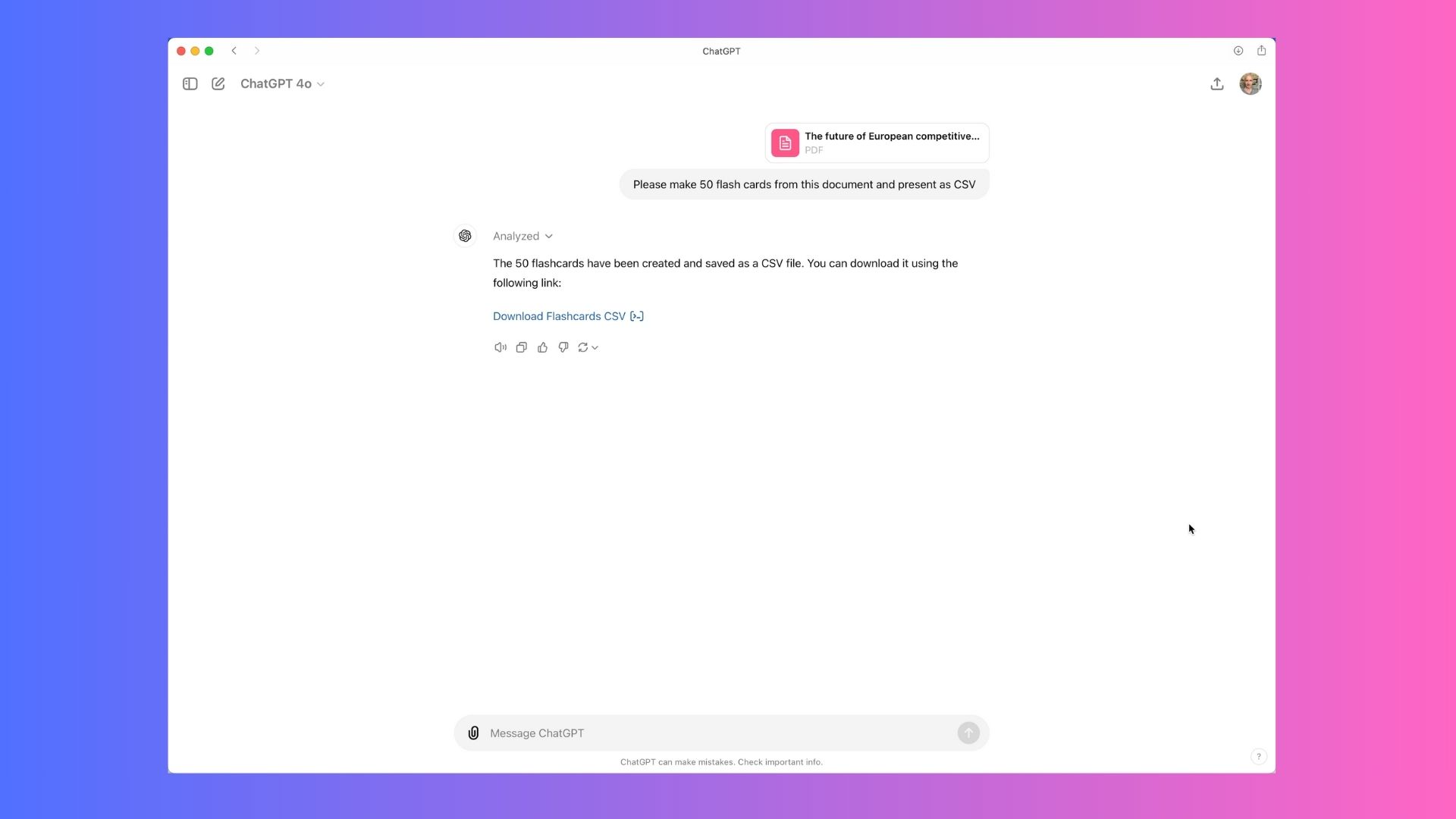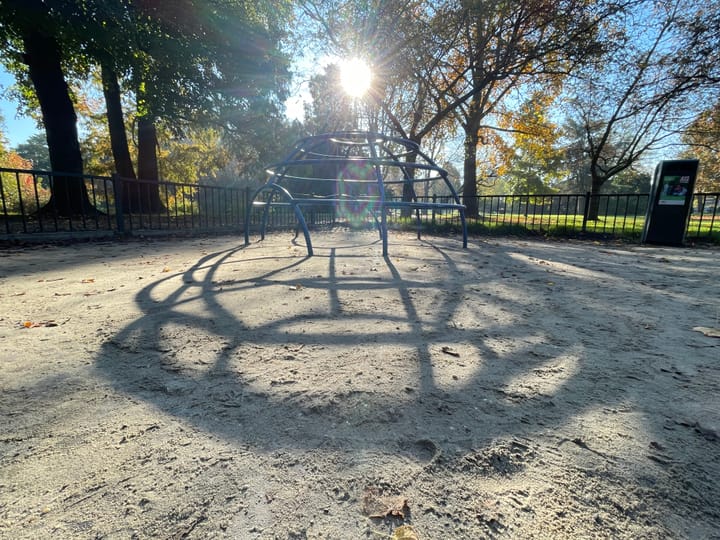Human Memory in a Digital World
In this post, I discuss the importance of human memory in the digital age, where information flows constantly. I also share my workflow for using flashcards and digital tools to retain knowledge.

Is memorising information still important to you? For me, it’s essential. As information flows more freely and rapidly, the real challenge is ensuring that you make it your own.
I recently wrote about ChatGPT’s memory, which I really like for its ability to recall and manage details across conversations. But now, I want to shift the focus to human memory and the role it plays in navigating today’s overwhelming flow of information.
My approach to memorising
Memorising for me is a multi-step process, built on several foundations: using flashcards, making mind maps (MindNode), reading from paper or an e-reader, taking notes, writing blogs and even having conversations with ChatGPT while I walk.
Each of these elements plays a part in ensuring that the information I encounter sticks with me. But in this article, I want to share the most effective tool in my process: my flashcards app Anki and the workflow that supports it.
My flashcards workflow: From reading to retention
When I come across an important document, such as a report, I often read it on my e-reader to maintain focus. While reading, or after I’ve finished, I upload the document to ChatGPT or Google NotebookLM to help break down and summarise the key points. I then ask it to generate flashcards based on this content.

These flashcards are exported as a CSV file and imported into Anki, my go-to app for spaced repetition learning. By reviewing these flashcards regularly, I reinforce the material over time, making sure the most important information is retained.

This process is powerful because it combines active engagement—through reading, summarising, and creating flashcards—with the spaced repetition technique, which optimises memory retention.
And above all, it is so smooth, it is fun!
Why this workflow works
By combining reading, digital tools, and flashcards, I create a system that balances technology with human memory. The digital tools streamline the process of summarising and creating learning materials, while Anki helps ensure that the knowledge is reinforced at the right intervals.
The added layer of review and repetition solidifies my understanding, turning fleeting information into lasting memory.
Anki and Space repetition
For me it really works, especially if I need to enter a new space of knowledge. It helps you sifting out things that stick quickly and things you find hard to remember.
Anki is a flashcard-based tool designed to help users retain information more effectively. It uses spaced repetition, a scientifically proven method of learning that schedules reviews of flashcards at intervals tailored to maximise long-term memory retention. The idea is simple: you review information just before you're about to forget it, which strengthens your ability to recall it in the future.
The software looks a bit clunky and basic, but it has everything you need. It evens syncs through iCloud and so I can kill time with it when on the road.

Spaced repetition is based on the principle that we learn best when information is reviewed over time, with increasing gaps between each review. When a concept is recalled easily, the gap between reviews lengthens. When it's harder to recall, the interval shortens. This approach optimises the timing of your reviews, preventing overload and ensuring that the most important information is always at the top of your mind.
Anki's algorithm automates this process, adjusting the review schedule for each card based on your responses, making it a highly efficient tool for memorisation.





